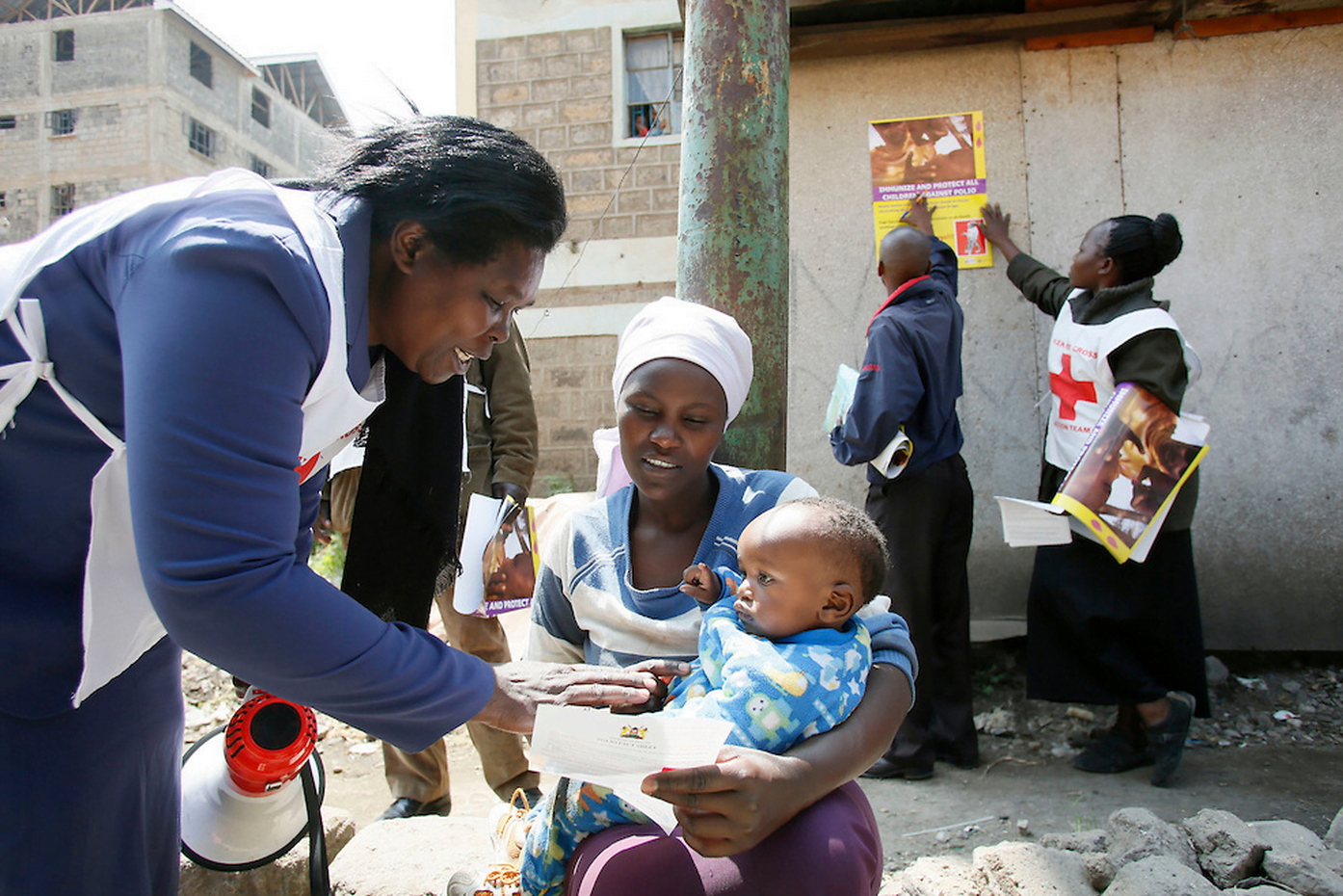For months, health experts working in underimmunized areas have warned that the COVID-19 pandemic is interrupting life-saving vaccination campaigns, particularly in poor countries. Now, a new report by the World Health Organization (WHO) and UNICEF confirms there has been an “alarming decline” in childhood immunizations against diseases like measles, tetanus and diphtheria around the world.
More children than ever are being immunized, WHO Director-General Dr. Tedros Adhanom Ghebreyesus said in a press release, but the pandemic is putting those gains at risk. “The avoidable suffering and death caused by children missing out on routine immunizations could be far greater than COVID-19 itself,” he said.
Of the 82 countries who responded to a survey cited by the report, three-quarters reported that their immunization programs had been disrupted by COVID-19 as of May 2020. At least 30 measles vaccination campaigns were or are at risk of being canceled, which could lead to more outbreaks this year. And data from January to April suggests that for the first time in 28 years, the world could see a drop in the number of children receiving three doses of the vaccine against diphtheria, tetanus and pertussis (DTP3) – a marker for immunization coverage within and across countries. In 2019, 85 percent of children globally received their third DTP3 dose, but that still left nearly 20 million children – mostly in Africa – vulnerable to those vaccine-preventable diseases.
The survey also revealed a variety of reasons why immunization numbers are down: Half of the respondents mentioned that parents are reluctant to visit vaccination centers because they are afraid of being exposed to COVID-19. One-third cited other challenges, including limited public transport, lockdown measures and physical distancing policies. Health care workers have also been less available because of a lack of personal protective equipment, travel restrictions or being reassigned to COVID-response duties.
“COVID-19 has made previously routine vaccination a daunting challenge,” UNICEF Executive Director Henrietta Fore said in a press release.
The WHO and UNICEF are particularly worried because even before the pandemic, progress toward universal vaccination coverage (Sustainable Development Goal 3.b.1) was stalling and uneven. According to the report, there is a less than 20 percent chance that a child born today will be fully vaccinated with all the globally recommended vaccines by the time they’re five years old. Two-thirds of the 14 million children who missed out on life-saving vaccines last year are concentrated in 10 middle- and low-income countries: Angola, Brazil, Democratic Republic of Congo, Ethiopia, India, Indonesia, Mexico, Nigeria, Pakistan and the Philippines.
Some countries, South Asia, have recorded significant progress over the last decade, increasing coverage for the third dose of DTP3 by 12 percentage points. That is now at risk of being reversed by COVID-19. But even more worrisome are regions like Latin America and the Caribbean, where coverage used to be high but has dropped precipitously over the last decade (by 14 percentage points in Brazil, Bolivia, Haiti and Venezuela).
In response, the WHO and UNICEF say they are helping countries safely deliver immunization services during the pandemic, communicate how services have been reconfigured for safety, fill gaps in coverage and continue to expand services.
“We must prevent a further deterioration in vaccine coverage and urgently resume vaccination programs before children’s lives are threatened by other diseases,” said Fore. “We cannot trade one health crisis for another.”
To learn more about how COVID-19 is disrupting routine childhood vaccinations worldwide, listen to this Global Dispatches podcast episode with Barbara Saitta, a nurse with Doctors without Borders Medicines Sans Frontiers who specializes in vaccination campaigns:
